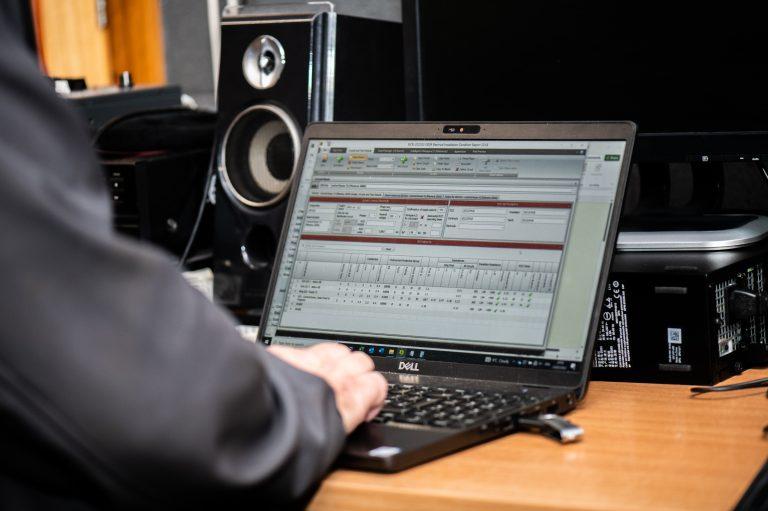PAT testing is the best way to ensure the electrical equipment used by your employees and customers is safe. But what items must be PAT tested, and how can you work it out?
What is PAT testing?
PAT testing refers to Portable Appliance Testing. It has become the industry standard for ensuring the maintenance of a safe working environment and the protection of staff and customers in a vast range of different organisations.
When it comes to working out which items need PAT testing, the clue is in the name – to a certain extent. A “portable” appliance is generally considered to be an item that is moveable, however, when it comes to PAT, the legal definition also includes any appliance that is designed to be connected to a fixed installation.
In other words, any appliance that runs off mains electricity and uses a cable or plug and socket is likely to require regular PAT testing.
This includes much of the day-to-day equipment commonly used within many different types of organisations, from schools and offices to factories and hotels. For example, this might be things like:
- Printers
- Laptops
- Photocopiers
- Microwaves
- Power tools
- TVs
- Lamps
- Kettles
But PAT testing is also required for items that are less commonly considered to be “portable”, yet are still found in many commercial settings, such as:
- Fridges
- Freezers
- Dishwashers
- Vending machines
Remember, it’s the way an item is powered that determines whether it needs PAT testing, not its portability.
What items do not need to be PAT tested?
PAT testing is not required for equipment that doesn’t run off the mains, such as things that use batteries. For example, a cordless drill or a wireless keyboard would not need to be PAT tested.
However, it is extremely important to remember that even if an item itself does not qualify for testing, any battery packs or chargers that power it DO need to be PAT tested, as these run off mains electricity.
Brand new equipment that has been purchased from a reputable and reliable retailer is also exempt from PAT testing at first. This is because the expectation is that it would have been sold in a safe working condition. Note that this is not always the case, so do get into the habit of ensuring that new equipment is given a quick check over for any signs of damage or other issues before it is used.
So, if you are responsible for ensuring equipment in the workplace or other commercial settings remains safe to use, make sure you are clear on what items PAT testing guidance applies to.
If you have an appliance that needs PAT testing, then contact our team today!




